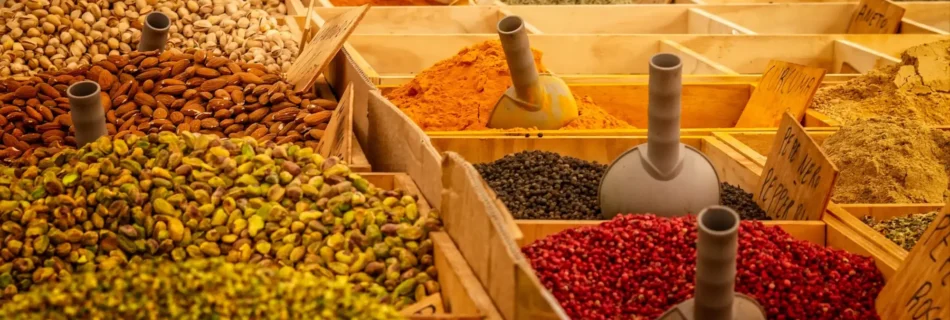India
India is located in South Asia and is officially known as the Republic of India.
- Capital: New Delhi
- Government: Federal Parliamentary Republic
- National Holidays: Independence Day (Aug 15), Republic Day (Jan 26), and Gandhi’s Birth Anniversary (Oct 2)
Did You Know?
Did You Know?
- India is the world’s most populous country.
- India is the seventh-largest country by area.
- The Himalayas, the world’s highest mountain range, is arguably India’s finest natural wonder. More than 110 peaks in the Himalayas reach heights of 24,000 ft above sea level.
- India has the largest postal network in the world.
- India has the largest livestock population.
- India is the largest consumer of gold jewellery.
- India has the largest deposits of Thorium in the world.
- India is considered a major space power. India has the ability to reach the moon and other planetary bodies independently.
- India is also the world’s largest producer of mica, with about 80% of the world’s total mica reserves.
- India is known for its spices, which are traded throughout the world and are known for their aroma, taste, and medicinal benefits.

- India is the world’s largest producer of milk, millets, jute, ginger, bananas, mangoes, coir, papayas, cotton seed, onions, and pulses.
- India is also the second largest producer of tea, rice, wheat, sugarcane, groundnut, potatoes, garlic, oranges, tobacco, cement, and cotton.
- India is the only country in the world that produces all five known commercial varieties of silk.
- India has the largest number of medical colleges in the world. It produces approximately 15000 doctors every year. India’s doctor-population ratio is 1:1456. Out of around 5 doctors, 4 are in urban areas.
- India is known for its diverse culture, with many religions, languages, foods, traditions, music styles, arts, and trends.
- There are seventeen public holidays in India every year based on significant religious and cultural dates.
- India has the largest population of Zoroastrians in the world. India has the third largest Muslim population. Unlike in Islamic countries, there are no restrictions regarding discussing religious matters with Muslims in India.
Vital Statistics
Statistics
- Population: 1,441,719,852 (most populous in the world)
- India’s population makes up 17.5% of the world’s population.
- Urban Population: 35.4 %
- Population Under 15 Yrs: 26.6 %
- Population waiting to hear: 1,368,197,000 (95.3%)
- Fertility rate: 2.03 births per woman (2021) World Bank
- Life Expectancy: 67.2 yrs (178 out of 236 countries)
- Rural areas have a lower life expectancy than urban areas, with an average rural lifespan of 61.75 years.
- People Groups: 2,373
- People Groups waiting to hear: 2,041
- Languages: 456
- Literacy Rate: 71 %
Indices
Human Development Index
HDI Ranking: 134 out of 189 countries. (The higher the number, the lesser the quality of life) [Source]
Per Capita Income
Estimated to be $2,731 (nominal terms) and $10,123 (purchasing power parity terms)
Liberty and Democratic Culture
Freedom House Rating: Partly Free* [Source]
Hunger Index
105/127 countries.* The higher the number, the greater the need. [Source]
RSF Press Freedom Index
159/180 countries.* The higher the number, the lesser the freedom. [Source]
World Watch Ranking
11 out of all countries.* The lower the number, the greater the level of persecution. [Source]
Anti-Conversion Laws
Arunachal Pradesh, Chhattisgarh, Gujarat, Himachal Pradesh, Jharkhand, Madhya Pradesh, Odisha, Uttar Pradesh, and Uttarakhand have laws meant to prevent unlawful and coercive religious conversions. The Uttar Pradesh Prohibition of Unlawful Conversion of Religion (Amendment) Bill, 2024, is a recent development.
*The Indian government has contested these ratings and ranks.

